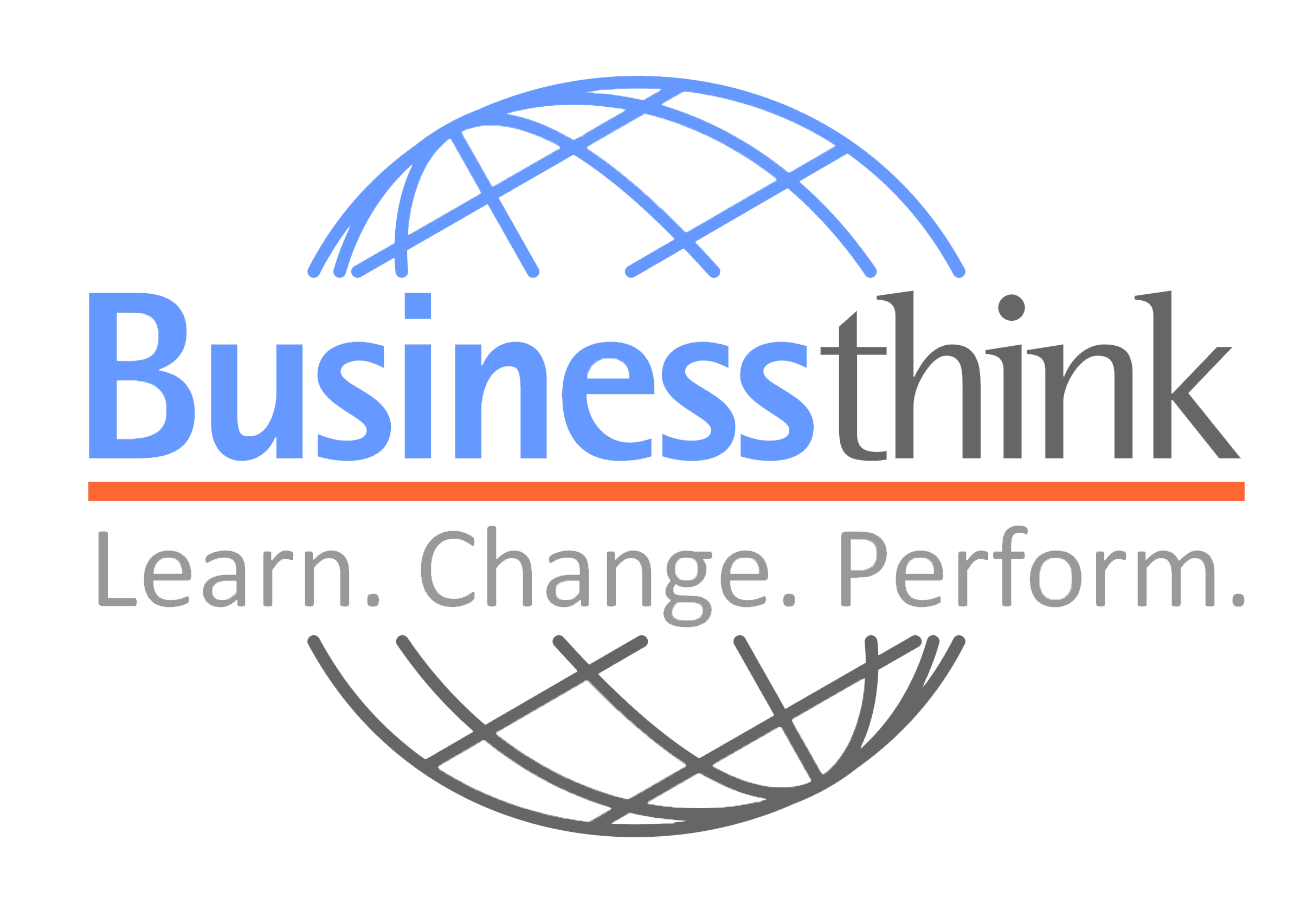
Strategic thinking is a vital process that enables individuals and organizations to anticipate, plan, and execute strategies to achieve long-term goals. There are various types of strategic thinking that can be used to approach different scenarios and situations. In this article, we will explore the four main types of strategic thinking and how they can be applied in different contexts.
Analytical Thinking
Analytical thinking is a type of strategic thinking that involves breaking down complex problems into smaller parts and analyzing them to identify patterns and trends. This approach involves using data and statistics to identify opportunities and risks and make informed decisions. Analytical thinking is often used in industries such as finance, healthcare, and technology, where data analysis is critical for success.
In analytical thinking, the focus is on understanding the root cause of a problem and developing solutions based on evidence. This approach can help individuals and organizations make informed decisions that are based on facts rather than intuition. By analyzing data, identifying patterns, and understanding cause and effect relationships, analytical thinkers can develop effective strategies that can help achieve long-term goals.
Creative Thinking
Creative thinking is a type of strategic thinking that involves generating new ideas and solutions to problems. This approach involves thinking outside the box, questioning assumptions, and exploring new possibilities. Creative thinking is often used in industries such as advertising, design, and marketing, where innovation is critical for success.
In creative thinking, the focus is on generating new ideas and solutions that can help individuals and organizations stand out from the competition. This approach involves exploring unconventional ideas and taking risks, which can lead to breakthrough innovations. Creative thinkers can develop new products, marketing campaigns, and business models that can disrupt markets and drive growth.
Intuitive Thinking
Intuitive thinking is a type of strategic thinking that involves using instincts and gut feelings to make decisions. This approach involves relying on intuition and experience to identify opportunities and risks and make informed decisions. Intuitive thinking is often used in industries such as entrepreneurship, where quick decision-making is critical for success.
In intuitive thinking, the focus is on trusting one’s instincts and making quick decisions based on experience and expertise. This approach can help individuals and organizations respond quickly to changing circumstances and take advantage of opportunities as they arise. Intuitive thinkers can develop effective strategies by relying on their instincts and understanding of the market and customers.
Systems Thinking
Systems thinking is a type of strategic thinking that involves understanding the complex interrelationships between different components of a system. This approach involves looking at the big picture, understanding the cause and effect relationships between different factors, and identifying feedback loops and other dynamics that influence outcomes. Systems thinking is often used in industries such as environmental science, healthcare, and engineering, where complex systems are common.
In systems thinking, the focus is on understanding how different components of a system interact and influence each other. This approach can help individuals and organizations identify leverage points that can be used to create positive change. Systems thinkers can develop effective strategies by identifying the root causes of problems and developing solutions that address the underlying issues.
In conclusion, strategic thinking is an essential skill that can help individuals and organizations achieve long-term goals. By using different types of strategic thinking, individuals and organizations can approach different scenarios and situations in a way that is tailored to the specific circumstances. Analytical thinking can help identify opportunities and risks, creative thinking can generate new ideas and solutions, intuitive thinking can help respond quickly to changing circumstances, and systems thinking can help understand complex systems and identify leverage points. By using these different types of strategic thinking, individuals and organizations can develop effective strategies that can help achieve success in different contexts.

